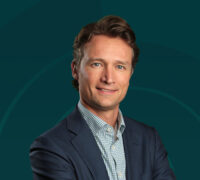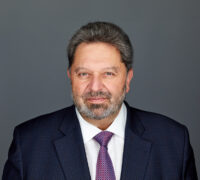Taking a stand
Returning to the Netherlands to become CEO after 15 years abroad, van den Brink was struck by the negativity and polarization in the national narrative, contrasting sharply with his view of the country’s beauty and potential. As CEO of a major Dutch-rooted company, he felt a responsibility to address this sentiment rather than ignore it. Reflecting on the impact of globalization, he recognized that, while it benefited global companies like Heineken, many in society – especially the less-advantaged workforce facing job insecurity and wage stagnation – felt left behind.
He wanted to help bridge this divide by advocating for business leaders to find a voice in addressing societal challenges. “If we don’t bring our employees along in the world, if they’re anxious or feel disempowered, nothing good will come from that. At the same time, we should not be naive about the competitiveness of Europe in a changing global world order.”
He believes businesses must engage thoughtfully in the conversation. “It’s always dangerous when business gets political. That’s not the intent. But I do believe we need to re-find our voice as business,” he says, calling on other leaders to speak up about the importance of economic competitiveness, entrepreneurship, and a secure future for their workforce.
His strong sense of purpose stems from a weekend spent with his father when he was dying from a brain tumor. Van den Brink, who studied the unusual combination of business and philosophy, asked his father “every question I could imagine, including ‘what’s your purpose?’”
“He said to me, ‘Dear Dolf, it’s to make the world a little bit better, but to work hard for it because it doesn’t happen automatically.’” His father died a few weeks later, but that conversation became a turning point in van den Brink’s career, helping him to move beyond just the need to excel and prove himself, to working for a purpose.
Today, van den Brink is driven by a desire to care for his employees, help them solve problems, remove obstacles, and empower them. “The greatest gift you can give your people is the gift of self-respect and self-confidence. And when you do that, teams will pay you back 20-fold. They can move mountains; they can change the world.”
YouTube




 Podcast available
Podcast available